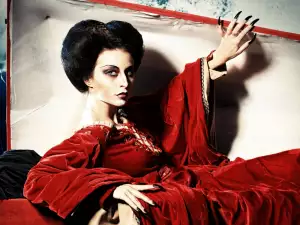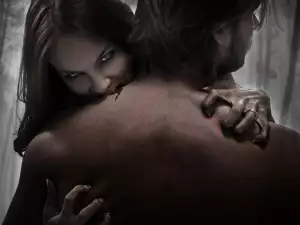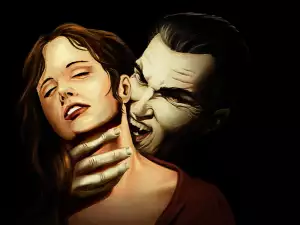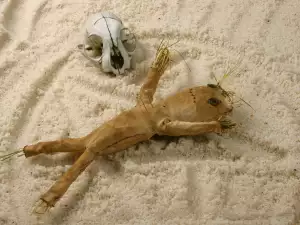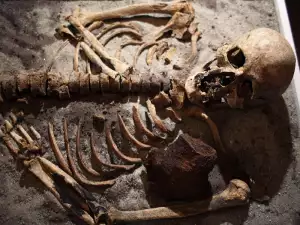The festival of Halloween is observed through various activities, such as dressing up, carving pumpkins, watching horror movies and playing scary tricks on people.
It is crucial for the costumes to capture the essence of spooky characters, such as witches, vampires, demons, skeletons and ghosts.
With the passage of time, it has also become increasingly popular to recreate famous characters from animation and film, as well as different artists from the music stage.
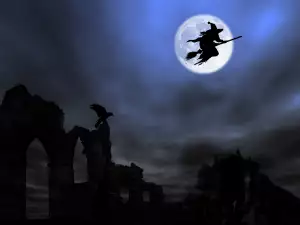
According to old tradition, the people from Ireland and Scotland who gave this holiday to the world, used to carve turnips, remembering the souls that have been kept in purgatory.
When they emigrated to North America, they replaced the turnip with a pumpkin, which was easier to carve, and in this led to orange being the traditional color of Halloween.
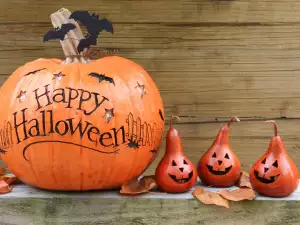
The day of All Hallows' Eve was approved by Pope Gregory IV in the 9th century, who proclaimed the 31st of October to be day that honors all Christian saints and martyrs.
In the Romanian town of Bran, folks are ready to receive guests in honor of the famous holiday.
The castle of count Dracula is found in this town - one of the most beloved characters associated with Halloween.
Because of the dark notoriety of Vlad the Impaler, also known as Dracula, the area is extremely attractive for those who wish to have an unforgettable experience on All Hallows' Eve.
Many masks and myriad vampiric props have been prepared for the tourists.
The historical record shows no concrete evidence to prove that Vlad the Impaler actually lived in Bran.
History only shows that the Romanian ruler used the dungeons in the town during the Ottoman occupation of Transylvania.
The castle was built in the 13th century by Teutonic Knights. It interests visitors because of its dungeons, narrow winding stairways and numerous secret corridors.
What reminds one of Dracula is the room which contains all sorts of torture devices, while there is a separate exposition dedicated to the Inquisition.

